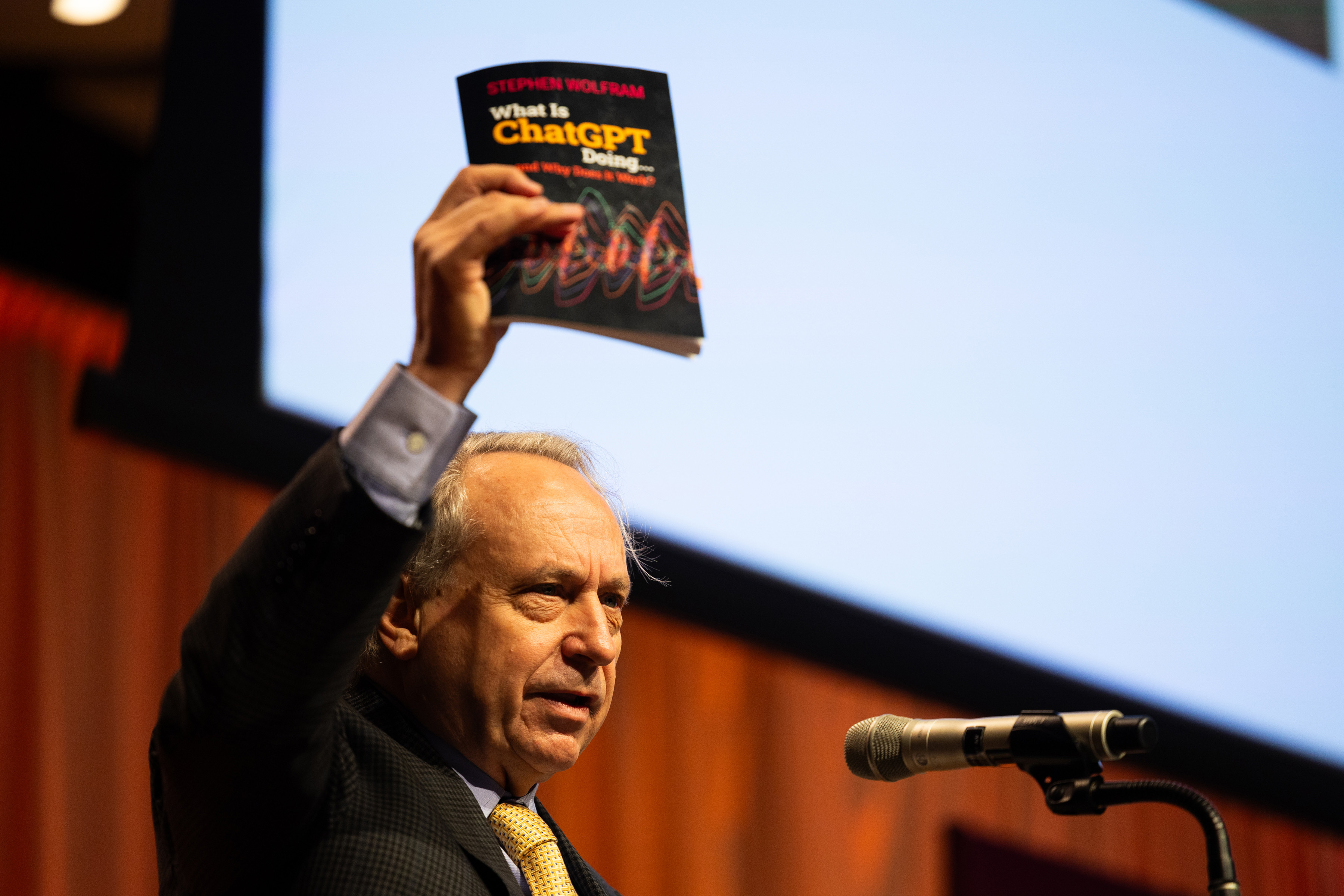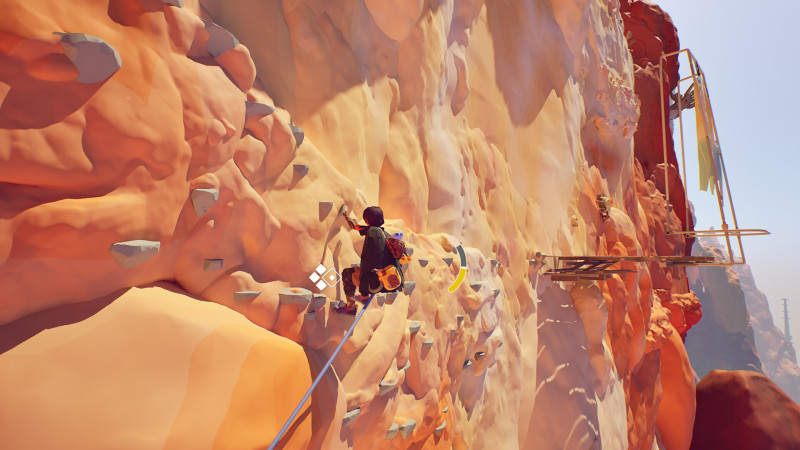
By Zac Amos, Features Editor, Rehack.com.
While many people are aware of blockchain technology on account of cryptocurrency, they are unfamiliar with the fact that it can serve as a valuable solution for securing IoT devices. Since blockchains rely on a decentralized system, they are essentially very difficult to compromise.
This can make blockchains a strong choice for enhancing IoT security. In this article, learn more about blockchain technology and how it can play a crucial role in making IoT devices more secure.
What is blockchain technology?
As the name suggests, blockchain technology is comprised of different blocks of information connected through a chain. One of the most famous examples of this type of technology is cryptocurrency (such as Bitcoin). Blockchains are very secure and are incredibly difficult to tamper with.
Once information is stored on a blockchain, changing it becomes a complex process. To understand blockchain technology, it is essential to know that each block contains three things:
- Data: As mentioned, each block is comprised of information. The type of data that it holds depends on the type of blockchain technology in-use.
- Hash: A hash is essentially a way to identify it and is unique to that block. Think of an identification number or a fingerprint. If the information inside changes, the block’s identity will also change, meaning it is no longer the same block.
- Previous block’s hash: This is the hash — identification number — of the last block in the chain. This acts like a reference of sorts.
The way in which these parts operate together is one reason as to why they are so secure. However, as technology has evolved over the years, in-built security alone is not enough to deter hackers.
These blocks also have another factor called proof of work. This procedure slows down the generation of new blocks. This process takes time. If one block is hacked and the information is altered, all of the corresponding blocks will also need to be changed.
The last aspect of why blockchain technology is so secure is that it relies on a peer-to-peer (P2P) network to manage and control the chain, decentralized. This creates a consensus on the network and verifies whether or not the blocks are legitimate.
How can blockchain technology help with securing IoT devices?
The idea behind consumer-grade IoT devices is that everyday objects, including home appliances, can connect to the internet. This allows for many unique features and functionalities.
According to research, there are about 50 billion IoT devices in circulation. The problem is that these objects lack security. Currently, many IoTs are susceptible to hacking, which can compromise an entire network.
However, if they become blockchain IoT devices, they are much more challenging to hack. This process will make it almost impossible for cyber criminals to exploit a single vulnerability. The reason for this is that blockchain technology is decentralized.
In other words, it does not rely on one entity to verify that everything is correct, but rather, it relies on an entire network. This process will increase the privacy of the data stored on these devices and make compromising it a challenge. Here are a few more specific ways blockchain tech can improve IoT security.
Smart contracts
First, blockchain technology can better secure IoT devices with the help of smart contracts. Smart contracts are algorithms that run on blockchains if specific requirements are reached.
For example, in the case of IoT devices, these algorithms can look for authorized users and provide access to them. Additionally, they can also limit what authorized users can do once they obtain access to a device or network.
This process will only allow legitimate users to control IoT devices and access personal information. With smart contracts, hackers will have a much more difficult time trying to compromise the device’s security than otherwise.
Blockchain cryptography
IoT devices connect and communicate with each other. Blockchain cryptography can make communications more secure. These networks rely on private and public keys. The chain uses these keys to decrypt and encrypt the communications.
Blockchain digital signatures can be implemented to verify that it is an authorized device, stopping cyber criminals from compromising the object and obtaining access. This process can serve as a crucial component in blockchain IoT security.
Record past interactions
Blockchain IoT can create a list of past interactions with the device. This record of information makes it extremely difficult for cyber criminals to exploit the security.
The blockchain can use the recorded information to prevent threat actors from accessing the device. It also prevents them from making changes that compromise a given device’s security.
Blockchains securing IoT devices
Consumers and cyber security professionals alike often find IoT devices difficult to secure. However, with blockchain technology, this could change. Factors that could help make these devices more secure include cryptography, recording device interactions, smart contracts and the blockchain’s decentralized network. With all of the security advantages this offers for IoT devices, blockchain could become widely implemented in the future.
For more cyber security insights from Zac Amos, please see our past coverage. Lastly, to receive timely cyber security insights, exclusive interviews, and cutting-edge analyses, please sign up for the cybertalk.org newsletter.








